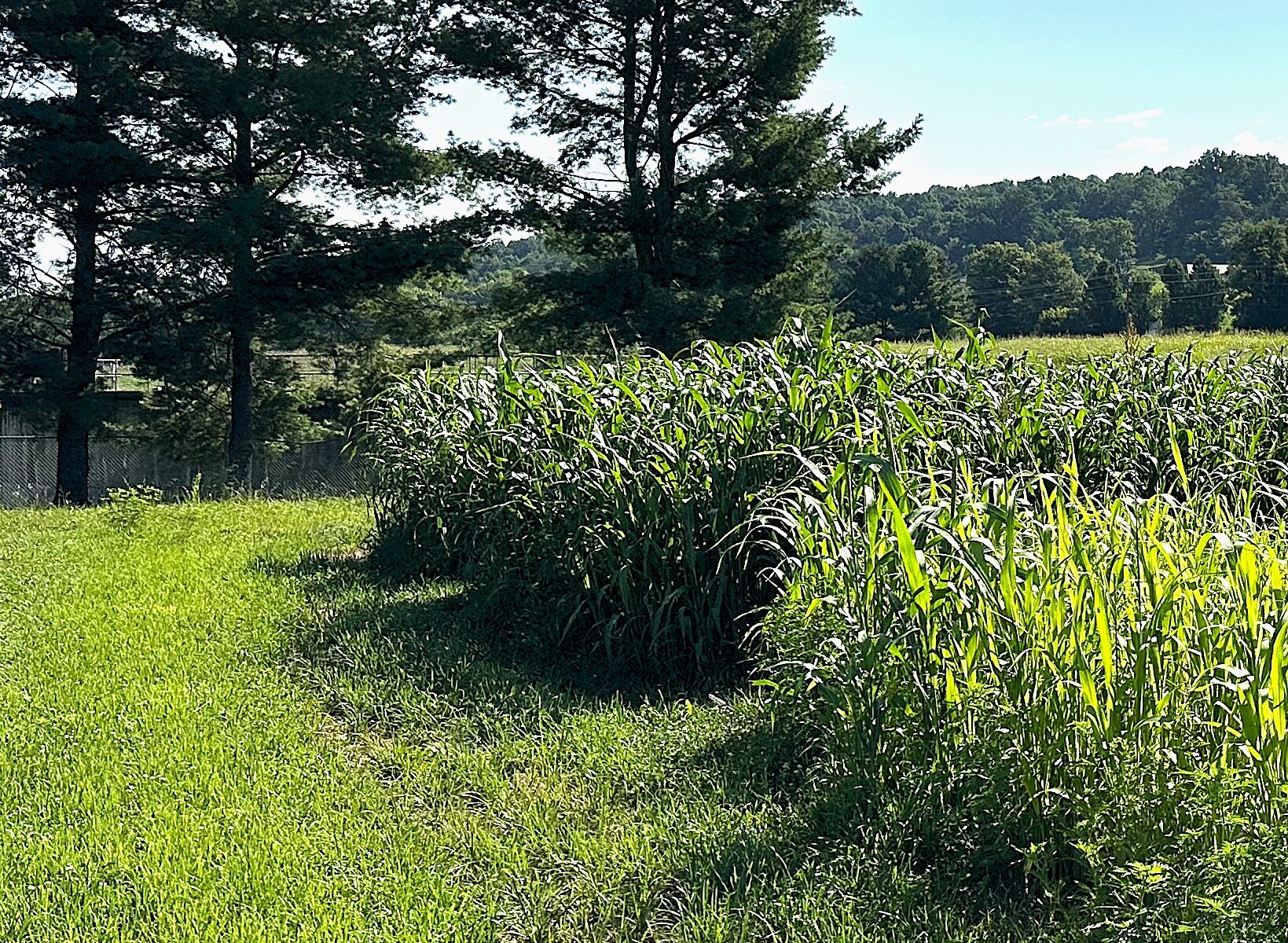

Dr. Katie Mason
Assistant Professor and Extension Beef Cattle Nutrition Specialist
Department of Animal Science
P: 865-974-8941
Originally published in Progressive Cattle magazine:
https://www.agproud.com/articles/59808-southeast-nitrates-do-they-dissipate
Nitrate is a naturally occurring compound in plants. Nitrate accumulation in the plant can be compounded by conditions of plant stress, such as drought, or under heavy fertilization, or in young plants. Most forage plants can accumulate nitrate, but the ones that we may be most wary of in the summer are warm-season annuals such as sorghum, sorghum sudangrass, johnsongrass, and crabgrass. Typically, after cattle ingest forage, nitrate is broken down in the rumen into nitrite, then ammonia, and eventually becomes bacterial protein. In situations where nitrate is consumed in excess of the rumen’s ability to convert it to ammonia, nitrite is absorbed into the bloodstream. This limits the oxygen carrying ability of hemoglobin, and the animal may eventually die from lack of oxygen. Symptoms of nitrate toxicity include staggered gait, tremors, and dark mucous membranes. Often, cattle are found dead before symptoms are recognized.
Nitrate levels can be measured through a forage analysis. When measured as nitrate on a dry matter basis, safe levels in the diet are below 2500 ppm. Any level above that may be risky to feed. That is not to say that hay with high nitrates cannot be fed; rather, extra caution is warranted. In levels up to 5000 ppm, be cautious when feeding pregnant or young animals; limit the forage to no more than half the ration. Above 5000, limit to one-fourth of the ration and fortify with additional energy, minerals, and vitamin A.
It is important to remember that nitrate levels are not reduced in the haymaking process. So, if forage is high in nitrates at the time it is cut, dried, and rolled, nitrates will not dissipate, even with prolonged storage. It is always recommended to test hay that is suspect (cut during a drought or under heavy nitrogen fertility) before feeding to determine nitrate levels and use hay accordingly. There is some evidence indicating that the process of ensiling can reduce nitrate levels in harvested forage. This has to do with the fermentation process that occurs during ensiling. The traditional method of ensiling it to chop a whole plant, such as corn, and store it in a pit or bag at 65% moisture. Baleage, or wet hay, is the “in-between” of hay and silage, meaning it is cut and rolled like hay, but put up at 50 – 55% moisture and wrapped in plastic to allow fermentation to occur. There is little information about whether making baleage results in a decrease in nitrate levels compared with silage or hay. It is a worthwhile area of research, but in the meantime, be sure to test your preserved forage for nitrates if your forage system experienced stress conditions around the time of harvest.